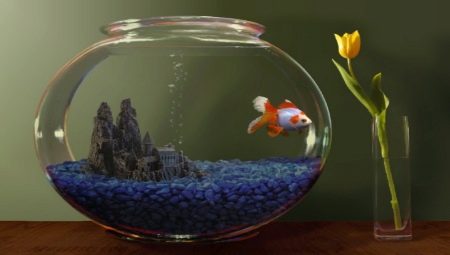Turbidity of the water in the aquarium is very common, it can lead to illness and even death of the entire aquarium community. Therefore, it is important to learn how to quickly recognize the cause of contamination, and take action to fix the problem as soon as possible.

Causes of turbidity
More often, the problem of turbidity of water is encountered by inexperienced owners of aquariums, who recently bought a new aquarium and launched it. but sometimes the water becomes turbid in established ecosystems that exist in established and mature reservoirs. The causes of such an unpleasant phenomenon can be both mechanical and biological factors.

Mechanical reasons
The aquarium is a closed ecosystem with the presence of many artificial details that recreate the natural habitat of fish. These include soil, various decorations, roots, driftwood, ceramic pots and coconut shells. All these objects contribute to the formation of suspended solids in water, which leads to a significant decrease in the transparency of water. The reason for this may be too active behavior of fish, many of which are prone to digging soil with pulling algae roots out of itas well as improper maintenance of the scenery or improper start of the aquarium.

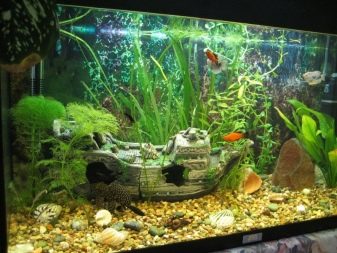
The last point is associated with a lack of experience with novice aquarists, who, having bought a new tank, put raw soil in it, put decorations and pour water.
It is absolutely impossible to do this. Soil should be selected for the fish that you plan to purchase. So, for some types of cichlids, for example, black-striped cichlases, it is recommended to use river pebbles as soil. This is due to the tendency of the species to dig trenches, which is why already on the second day the aquarium with a sandy bottom risks turning into a bowl with muddy and dirty water.
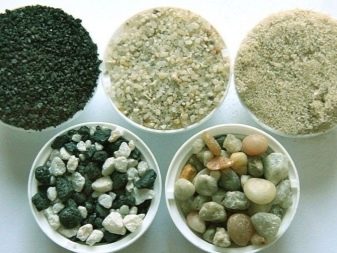
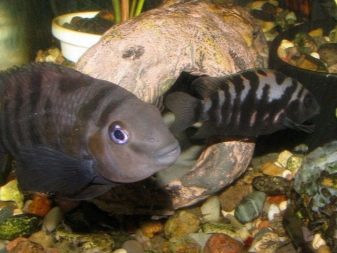
Therefore, before choosing a substrate, it is necessary to use special literature and get acquainted with the habits and life features of those fish you want to buy.
The next reason for the appearance of mechanical debris is the use of loose bulk as decorationssoluble and coloring elements, which over time begin to break down and cause water pollution. In this regard, you should not buy too many decorations, which, although decorating the aquarium, but under the influence of water begin to collapse and cause its clouding. Often the cause of contamination is overpopulation of the tank and inefficient filter operation. When choosing fish, it is necessary to take into account the size of the tank and remember that for every centimeter of the fish body there must be at least two liters of water.
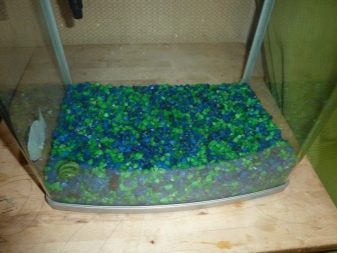
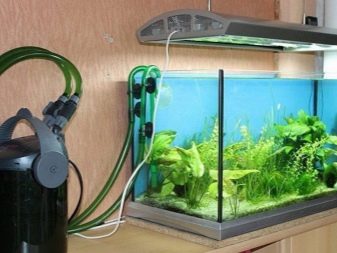
As for the filter, it is better to purchase models that can distill at least two volumes of the aquarium in an hour.
Biological reasons
Water pollution in the aquarium is often caused by a violation of biological balance or biological balance. As known, aquarium water contains a huge amount of beneficial bacteria and fungi. The former are involved in the processing of ammonia, nitrates and nitrites present in tap water, while the latter contribute to the decomposition of residues of dead vegetation, turning organic compounds into inorganic ones, thereby maintaining biological balance.
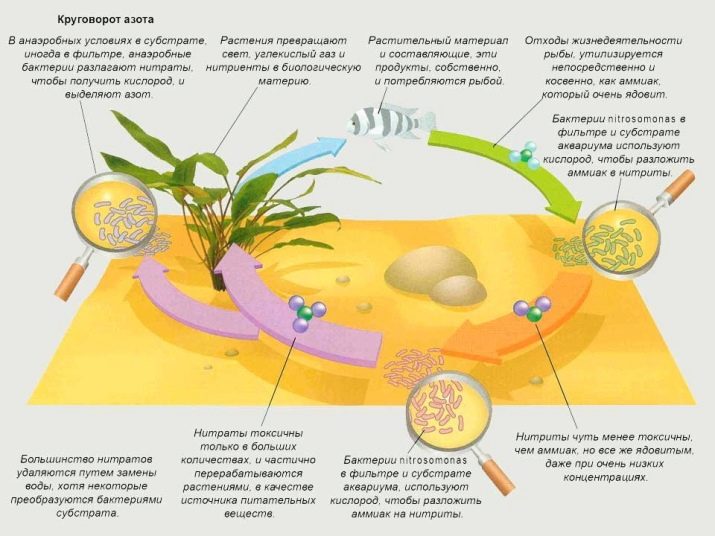
Especially often new aquariums become cloudy, which is associated with the rapid growth of unicellular and the simultaneous accumulation of fish waste products.
As a result, there is some discrepancy between the amount of biological waste and the number of microorganisms that process this biomass. However, after a few days, the system self-regulates and biological equilibrium returns to normal. Fungi and bacteria begin to cope perfectly with their duties, and the liquid becomes transparent. Usually, balance recovery occurs 3-5 days after launch, and the whitish fog dissipates without a trace.
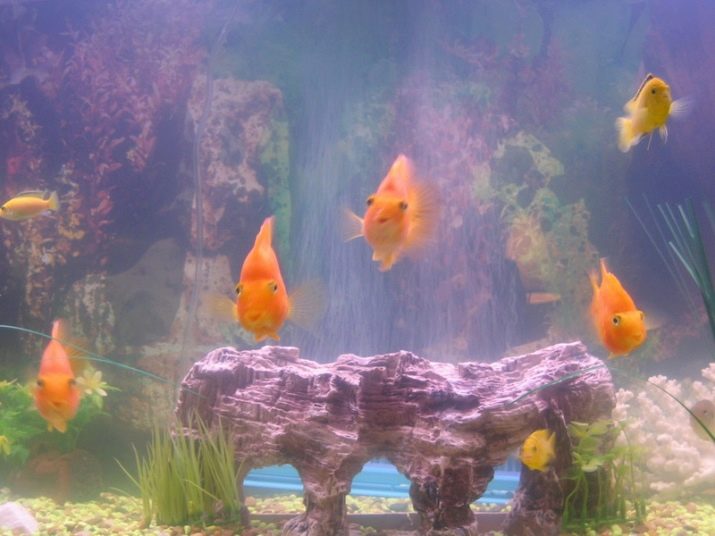
As for the turbidity of the liquid in an old aquarium with an established ecosystem and a stable community, in this case one of the most likely causes is a violation of basic care. For example, when overfeeding fish there remains a lot of uneaten food, which sinks to the ground and begins to rot.

The presence of fish in such conditions leads to a weakening of their immunity and can cause the death of the weakest members of the community.
Another biological factor causing turbidity of the water is algae. Some of their species under the influence of excessive lighting grow too much and provoke the flowering of water. An incorrect water change often leads to a violation of the biological balance in old aquariums. For example, replacing more than a third of the liquid of the total volume or sloppy filling of a fresh portion, leading to the lifting of solid suspensions from the bottom.
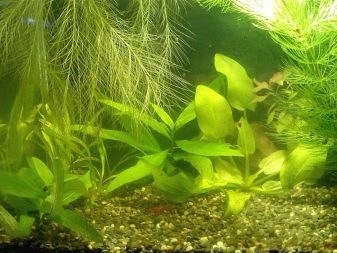
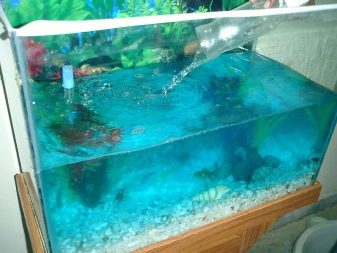
Chemical component
Along with the mechanical and biological factors that cause turbidity of the water, there is also chemical pollution, which also leads to a change in organoleptic characteristics. This phenomenon often occurs after the use of aquarium drugs, which negatively affect not only pathogenic microflora, but also beneficial bacteria. As a result, the biological balance of the ecosystem is disturbed, and the aquarium fluid becomes cloudy.
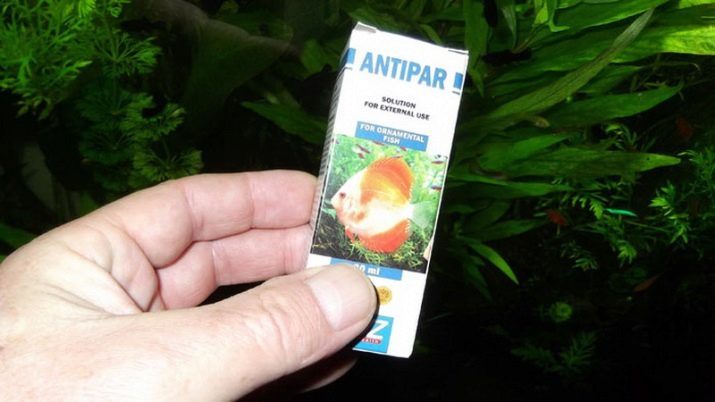
What does color mean?
Experienced aquarists are able to accurately determine the cause of turbidity of the water by its color.
- So, if the water darkens sharply and gains green tint - This may indicate an overgrowth of microscopic algae. The reasons for this process can be an excess of sunlight or artificial light, inefficient operation of filter systems and poor quality tap water. An equally common reason is filter clogging with debris and vegetation debris. In this case, it is enough to clean the unit and drive it away with clean water. To control the amount of microscopic algae, you can run daphnia into the aquarium, which will gladly eat them.
- White dregs in the aquarium often appears from overpopulation of the reservoir, water changes by more than 1/3 and treatment of fish with various chemicals. And also a whitish cloudy shade often appears in newly launched aquariums, where the biological balance has not yet been established. In other words, the appearance of white turbidity indicates the struggle of the internal biological environment with poisons and toxic substances present in aquarium water.
- Brownish tint may appear as a result of an excess of wooden decorations, which eventually begin to release tannin into the water. Such water does not pose a critical hazard to fish, but it spoils the appearance of the aquarium and makes it untidy. In addition, the acidity indicator changes, which can also negatively affect the general condition of overly picky fish species. To prevent the appearance of a brownish haze, it is recommended to soak new wooden structures in water and keep them there for some time. Most of the harmful compounds come out in the first week, and decorative elements cease to be a source of brown turbidity.
- Gray color liquid is the result of soil contamination or the presence of harmful elements such as silicates, heavy metals and phosphates in water. To determine their presence and concentration, it is recommended to use special indicators or litmus papers that indicate the level of their presence in water.
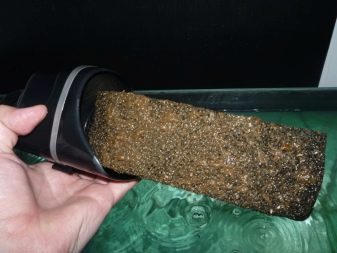
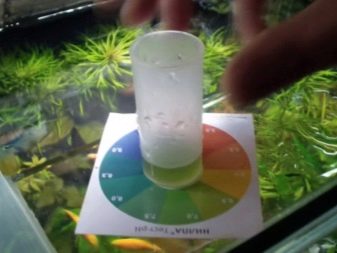
What does smell mean?
The smell appears a bit later turbidity and is an indicator of more serious problems. The reasons for its appearance are still the same - this is not thorough enough and untimely care for the aquarium, poor filtration, overpopulation, insufficient oxygenation and improper selection of aquarium plants. Besides, the cause of the smell can be a dead fish, whose body decomposes and smells bad.
If everything is in order with the filter and algae, all the inhabitants of the community are alive, and the odor still appeared, you should pay attention to the feed, since low-quality compounds often cause unpleasant odors. Another reason for the attenuation of water can be overfeeding of fish, as a result of which the uneaten food sinks to the bottom, turns sour and starts to smell.
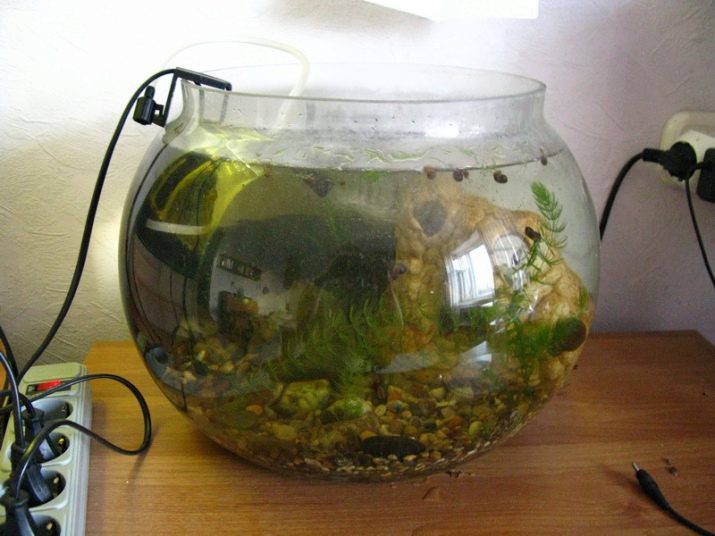
How to fight?
Once the cause of the appearance of turbidity is determined, you should immediately take up its elimination. If the contaminations were of a mechanical nature, it is necessary to carefully siphon the bottom, remove all the decorations from it and clean the walls of the tank of mucus and solid deposits. Next, carefully pick up 1/3 of the volume of water by adding fresh, settled water. If the filter is very weak or too small for the aquarium, it is necessary to replace it with a more powerful model, taking into account the quantity and quality of aquatic vegetation, the size of the tank and the total number of its inhabitants.
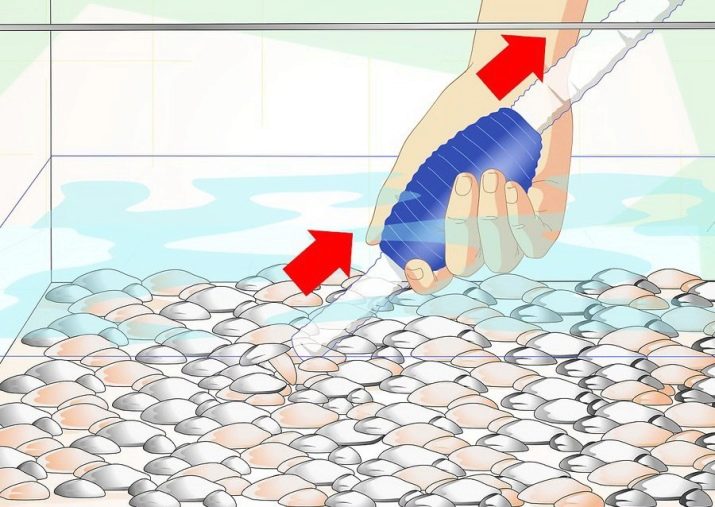
In order to quickly get rid of severe pollution, experienced aquarists recommend replacing the sponge in the standard filter with a synthetic winterizer. It is placed in place of the removed sponge and the unit is turned on. This method helps to eliminate not only mechanical pollution, but also the greening of the aquarium fluid.
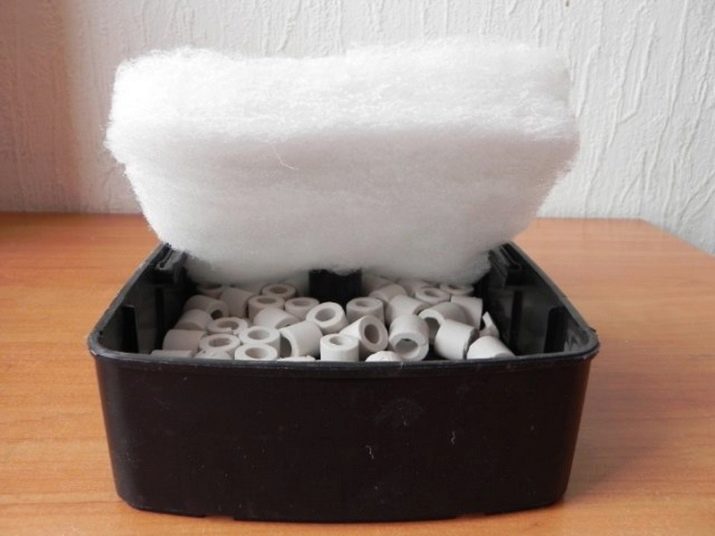
The first results will become visible after a few hours, and after a day the water will become completely transparent.
You can get rid of mechanical water pollution with activated carbon. It is laid in the filter and left there for 2 weeks. This absorbent will help quickly eliminate turbidity and make the water clean. However, activated carbon is incapable of absorbing nitrates and nitrites from a liquid; therefore, it is additionally recommended to use zeolite.
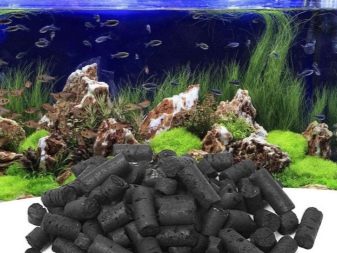
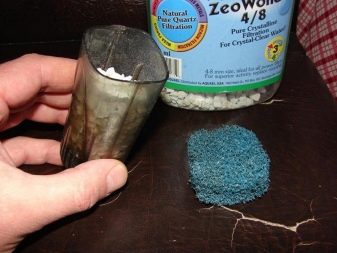
If the clouding of aquarium water is associated with the biological processes taking place in it, then to quickly restore the biological balance, they use specialized medicines that can inhibit harmful microorganisms and provoke the development of beneficial bacteria. Such compositions also contribute to the neutralization of ammonia, nitrates and nitrites contained in tap water.
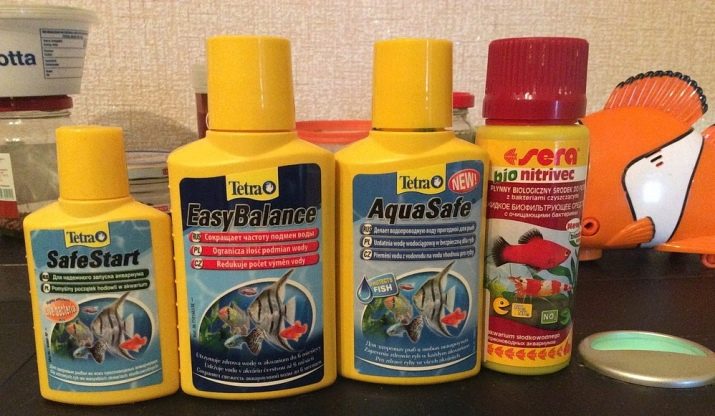
Means for fighting
In advanced cases, when the above methods are already ineffective, chemical preparations are used. They must be used in strict accordance with the instructions, carefully reading the composition and making sure that the components are well tolerated by all the inhabitants of the aquarium. Modern industry produces a huge number of aquarium products, the most popular and effective of which are discussed below.
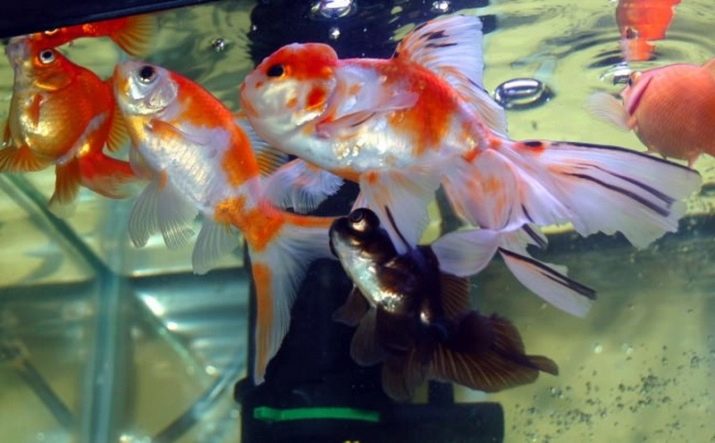
Tetra preparations are well known to Russian aquarists.
- Crystal Water binds finely divided solid suspensions into tangible particles, which are easily captured by an aquarium filter. Already after 2-3 hours, the water in the tank noticeably clarifies, after 7-8 hours it becomes clean, and after 10 more - crystal clear.

Professionals often use this drug on the eve of aquarium photo shoots, as well as before exhibitions.
- Conditioner Tetra Bactozym helps to accelerate the process of stabilization of biological equilibrium in the ecosystem. Thanks to its use, dissolved organic matter is enzymatically decomposed and does not pollute water with rotting products. In addition, the conditioner helps minimize damage from replacing fluids and flushing filters, and also helps to recover microorganisms damaged by the use of medications.
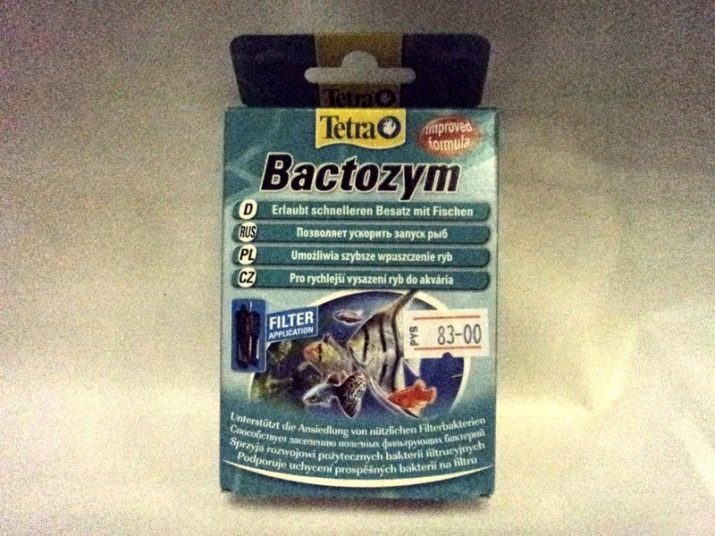
- Tetra Nitrate Minus Pearls Pellets effectively reduces the nitrate content in the aquarium fluid and destroys some of the nutrients needed by algae for growth and development. The granules buried in the ground will allow you not to worry about the transparency of water throughout the year and not be afraid of the rapid growth of aquatic vegetation.
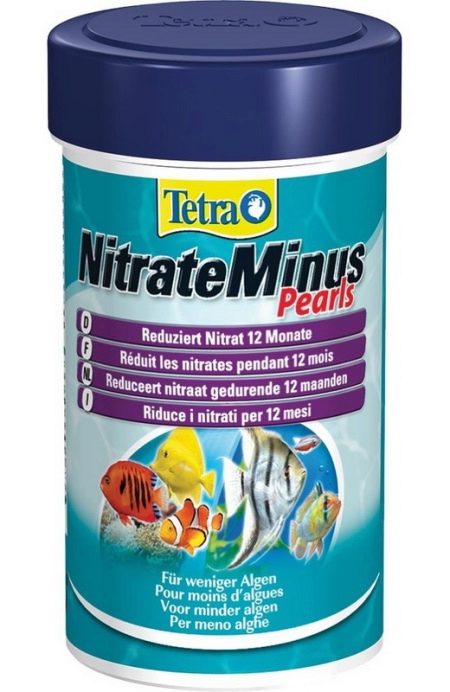
- Tetra Nitrate Minus Air Conditioner has the same effect as the previous drug, differs from it only in the form of release. It is represented by a liquid suspension, which is added weekly to the aquarium at a rate of 2.5 ml for every 10 liters of liquid. The drug processes nitrates into nitrogen compounds, helps to normalize the carbonate hardness of water and stabilize acidity.
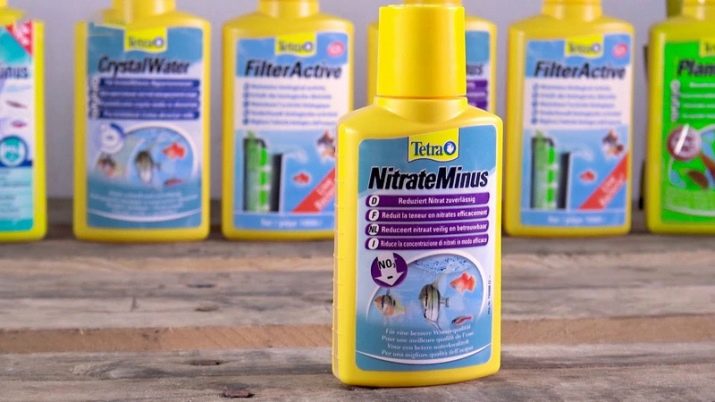
The following drugs are also very effective and act on a chemical level.
- Sera Toxivec It blocks toxic compounds and is used as a preventive measure. However, it is worth mentioning right away that this drug does not remove toxic substances, but only contributes to their transformation into forms safe for fish. It instantly neutralizes dangerous pollutants that threaten the health of the inhabitants of the aquarium and the life of beneficial bacteria. The drug quickly copes with ammonia and nitrites, does not allow them to go into nitrates, eliminates the aggressive compounds of chlorine from tap water.
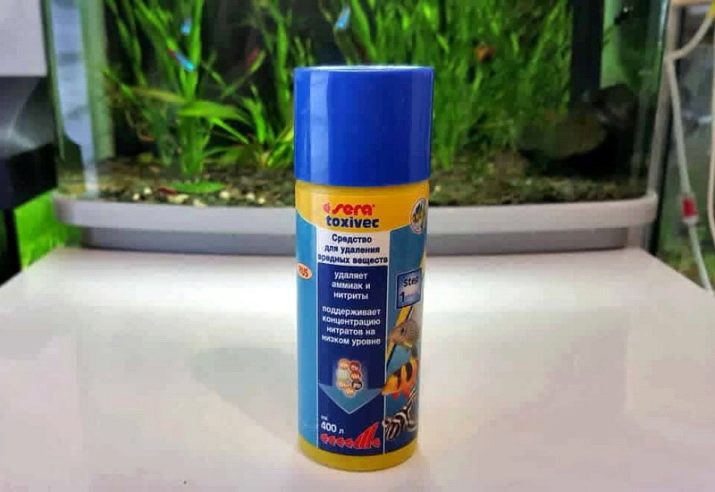
In addition, it easily copes with the remnants of disinfectants and medicines, binds mercury, zinc, lead and other heavy metals, and makes it possible to replace the water in the tank a little less often than usual.
- Sera Aquaria Clear acts by a biological method and binds any turbidity, regardless of its origin. The product does not contain harmful substances and is absolutely safe for the inhabitants of the aquarium.
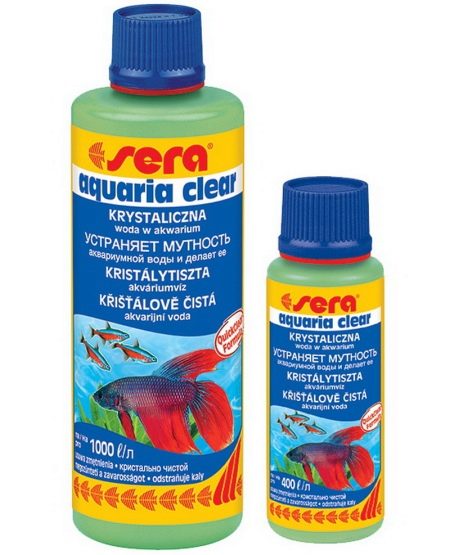
- Sera Bio Nitrivec It is a tool that allows you to quickly start the aquarium and restore biological balance in it. Due to the presence of special bacteria in the fish, the launch is possible within a day after filling the aquarium. The bacteria that make up the drug are instantly taken to work, making the liquid clean and transparent.
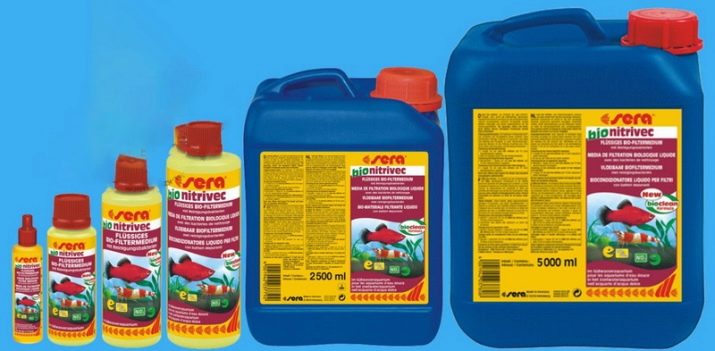
Prevention
Modern chemical and biological agents to combat fluid clouding are fast and effective, but in most cases they are used as a last resort. It is much better to prevent the formation of turbidity, in general, than then to deal with its consequences. For this It is necessary to carry out a number of preventive measures that will help to avoid pollution of the aquarium fluid and maintain the health of all members of the aquatic community.
- Once a week, you need to replace part of the aquarium fluid, adding filtered and settled water. It is also necessary to regularly clean decor items, preventing them from overgrowing with green mucus.
- It is advisable to feed the fish in such a way that all the food is eaten by them in 15-20 minutes. If the excess food still remains and has already managed to settle to the bottom, it is necessary to remove them from the substrate as soon as possible, without allowing to sour and pollute the water.
- The bottom soil should be regularly treated with an aquarium siphon, which will help protect the pond from clouding.
- For self-cleaning of the aquarium ecosystem, it is recommended to purchase snail coils, corridors, anticistruses, girinoheylus or algae eaters, which feed on dead leaves of algae and other organics, preventing it from rotting or blooming.
- To improve water quality, it is recommended to use multi-stage filtration systems and purchase a phyto filter.
- When starting new aquariums, it is advisable to add water from old ones to them. This will help restore biological balance faster and will help speed up the self-cleaning of the aquarium fluid.
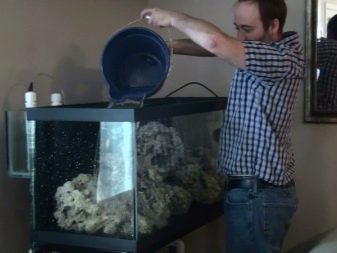
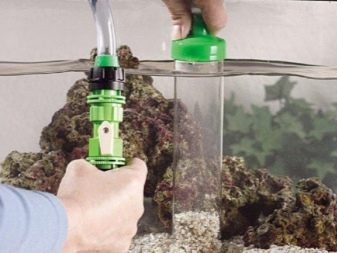
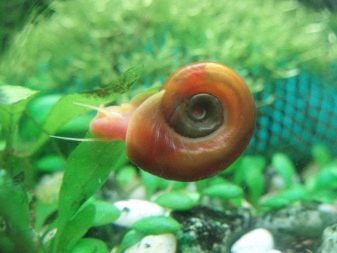
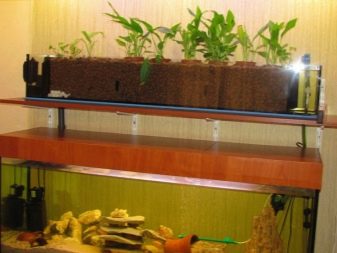
To see why the water in the aquarium becomes cloudy, see the next video.
